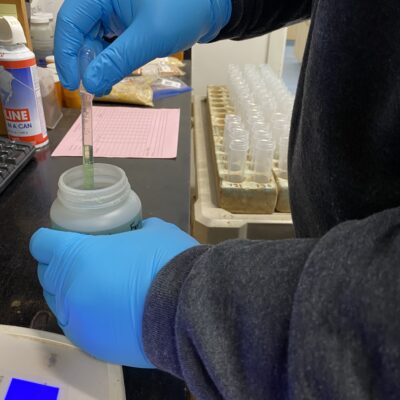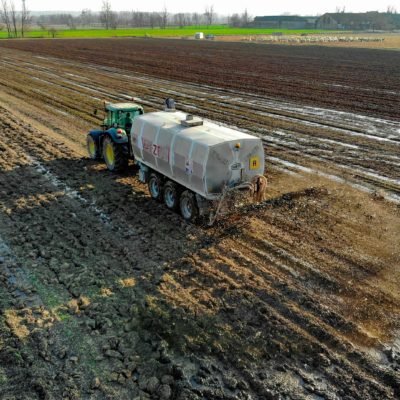Do you know the difference between P and P2O5 or K and K2O? Understanding fertilizer forms can be key in interpretation of the peer reviewed literature and making decisions based on your own reports.
Reminder: Fertilizer grade shows % N – % P2O5 – % K2O. The three percentages are always in this order.
I see many editorials where the writer is calling phosphate fertilizer P. But, the fertilizer phosphorus concentration is P2O5. This gets especially confusing because scientific publications require phosphate fertilizer to be reported as percent P.
In other words, ammonium phosphate fertilizer 11-52-0 (MAP) in reviewed research papers is expressed as 11-23-0. This is the same product but one is expressed as an elemental percentage not % N – % P2O5 – % K2O.
So, please be careful how you write fertilizer phosphorus and fertilizer potassium. The conversion of P to P2O5 is a factor of 2.29. The conversion of K to K2O is a factor of 1.2.
Soil tests, plant analysis and feed tests express phosphorus as % P and potassium as % K. Fertilizer phosphorus is expressed as P2O5 and fertilizer potassium is expressed as K2O. All other plant nutrients are expressed as % of element, not an oxide as phosphorus and potassium.
Further, one example where understanding fertilizer forms is key is in manure analysis. Our manure reports show P2O5 and K2O because manure is used to replace commercial fertilizer.
Our fertilizer recommendations are based on soil test values, intended crop and yield goal. The amount of plant nutrient recommended is percentage nitrogen (N), phosphorus (P2O5), potassium (K2O), Magnesium (Mg), sulfur (S), zinc (Zn), manganese (Mn), copper (Cu), boron (B), chloride (Cl). Calcium need is based on lime needs. Therefore, our recommendations take fertilizer form into account and demonstrate an understanding of fertilizer forms.





